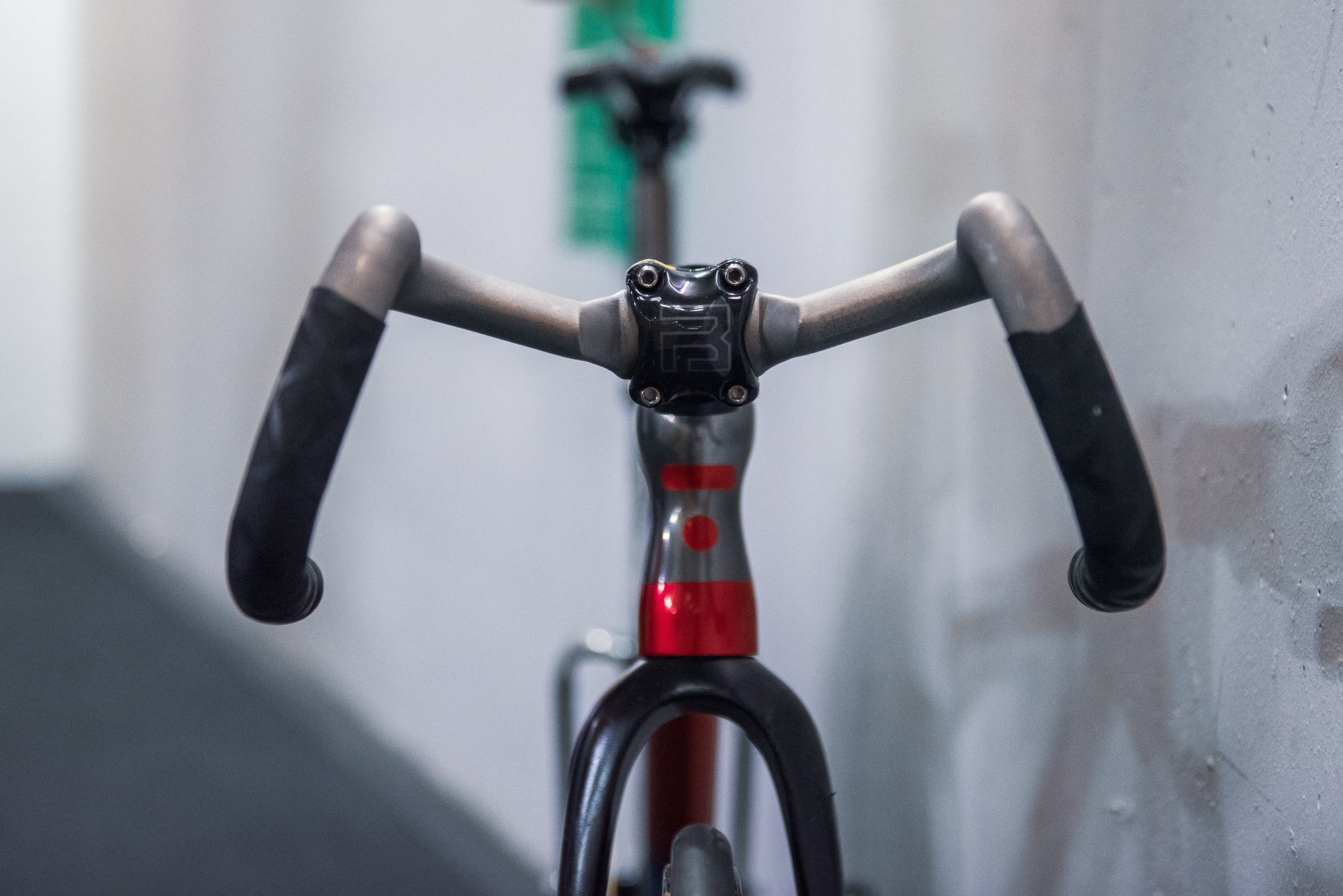
Track bike frame design seems to have broken new ground over the last few years, with designs becoming wilder and more outlandish than ever before, which we assume is in no small part due to the more relaxed UCI tube profile rules.
Hope and Lotus released their striking track bike effort for Team GB back in 2020 and recently announced a radical new version in the run-up to the Paris Olympics next year. We also recently uncovered new machines from Look and BMC at the velodrome during the Glasgow Worlds Championships.
We got to check out another couple of striking track bikes at the velodrome this week in the form of team Argentina's Toot Engineering / T-RED X23 Swanigami. We covered this project and the development of the bike back in May, and you can read lots of the technical details in that piece. Fast forward a few months though and the XR3 is being raced at the World Championships.
The standout feature of the bike is the frankly mind-blowing handlebar and stem setup, alongside a tiny angular frame and disc and tri-spoke wheel combination. The bike is 3d printed aluminium alloy and steel and though it bears the brand name 'T-RED', the design has been done in collaboration with Toot Engineering head of research and T-RED founder Romolo Stanco.
Cyclingnews Editor Peter Stuart managed to get some shots of a completed model at the Sir Chris Hoy Velodrome in Glasgow.
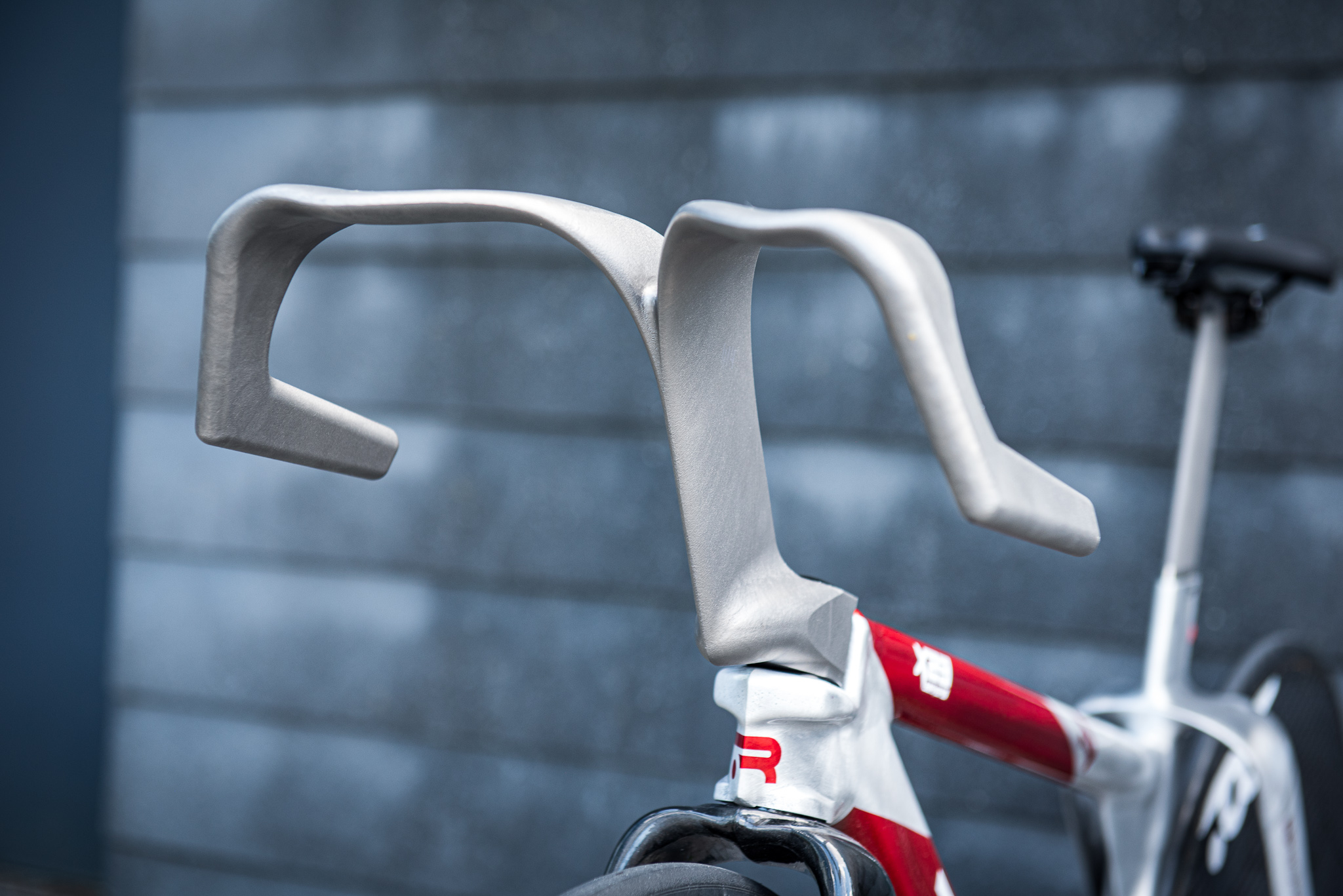
In a statement provided to Cyclingnews by Toot Racing general manager Erica Marson, the brand says the frameset will be manufactured through an 'additive manufacturing technique' using an 'aerospace grade aluminium alloy called Scalmalloy, printed by a company called APWorks.
Other components are 3D printed in titanium or steel, such as the high-rise handlebar shown above.
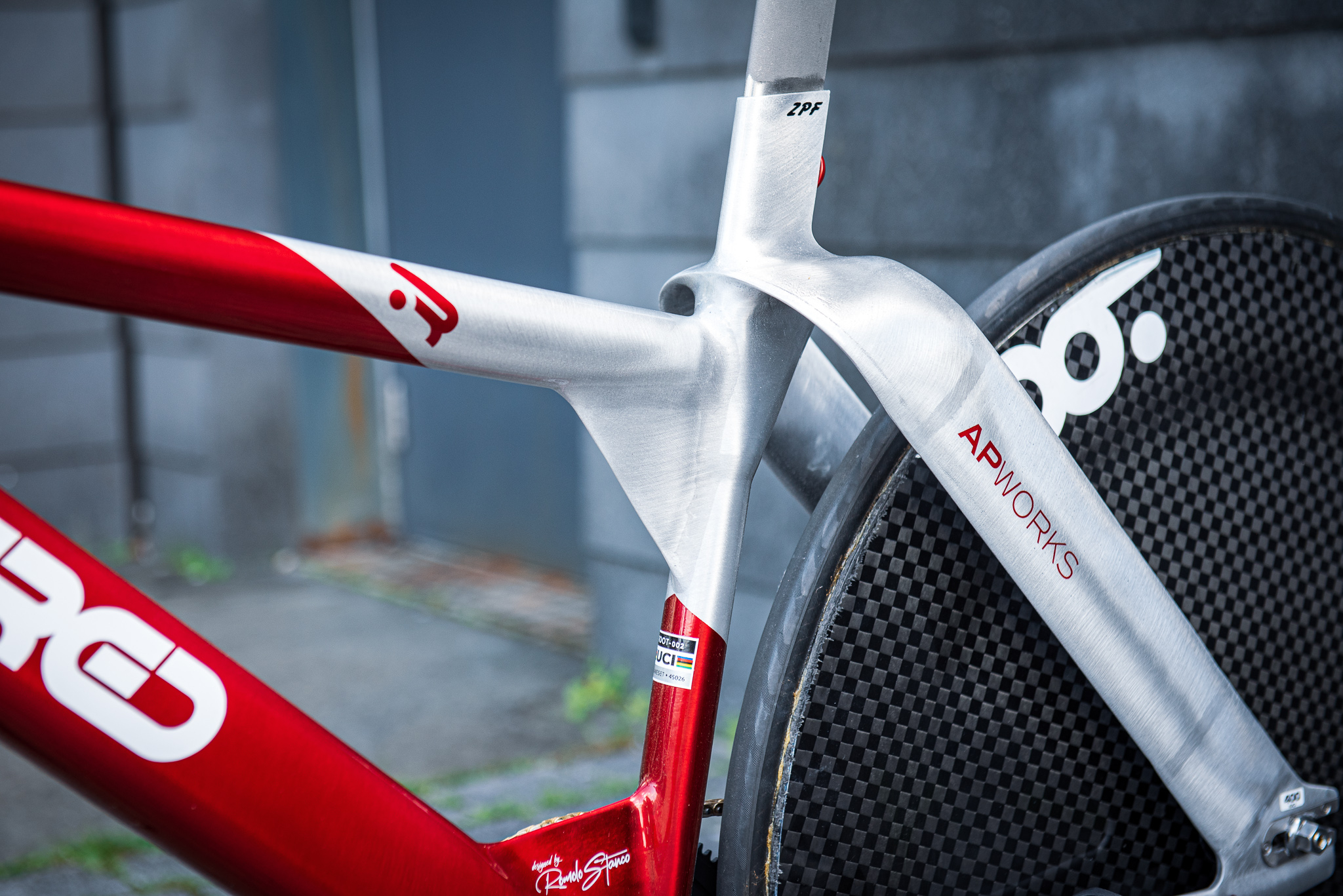
"The shapes of the X23 frame in the front triangle are designed around the search for an aerodynamic effect called 'washout,'" Marson continued. This is described as "a feature which deliberately reduces the distribution of the lift, therefore of the load, of the aerodynamic weight."
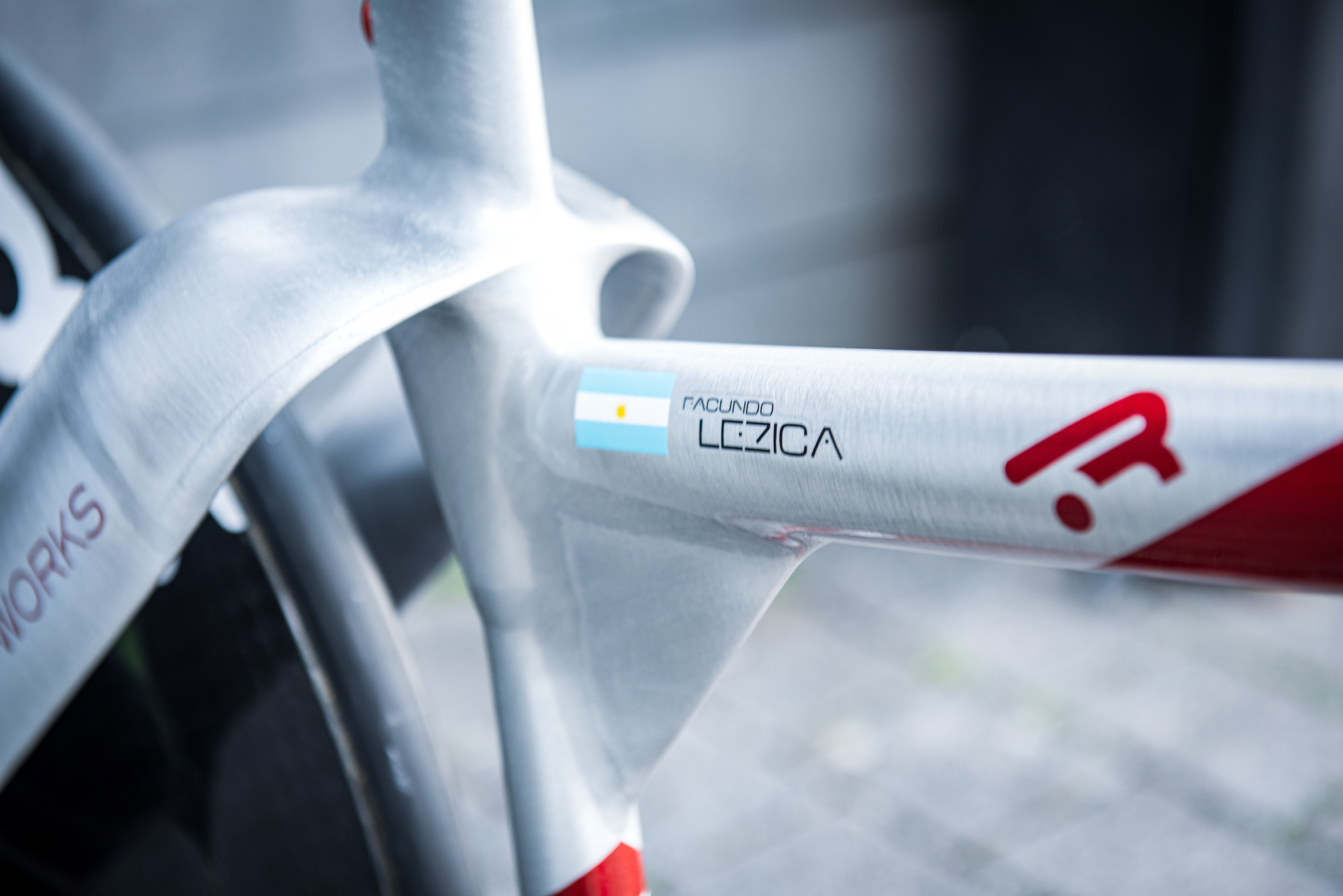
The concept and the design considers both the rider and the bike as one aerodynamic puzzle to solve, rather than two separate puzzles that come together. This is something more and more brands have been focussing on in recent years, with varying ideas on how to approach it.
Marson says the Toot Racing approach allows "the athlete’s body to be 'used' as a wing by directing the flow of air passing under his [or her] chest where best to relieve the air pressure," later likening it to the foiling effect seen on deep tubes kammtail tubes and more prominently in sailing.
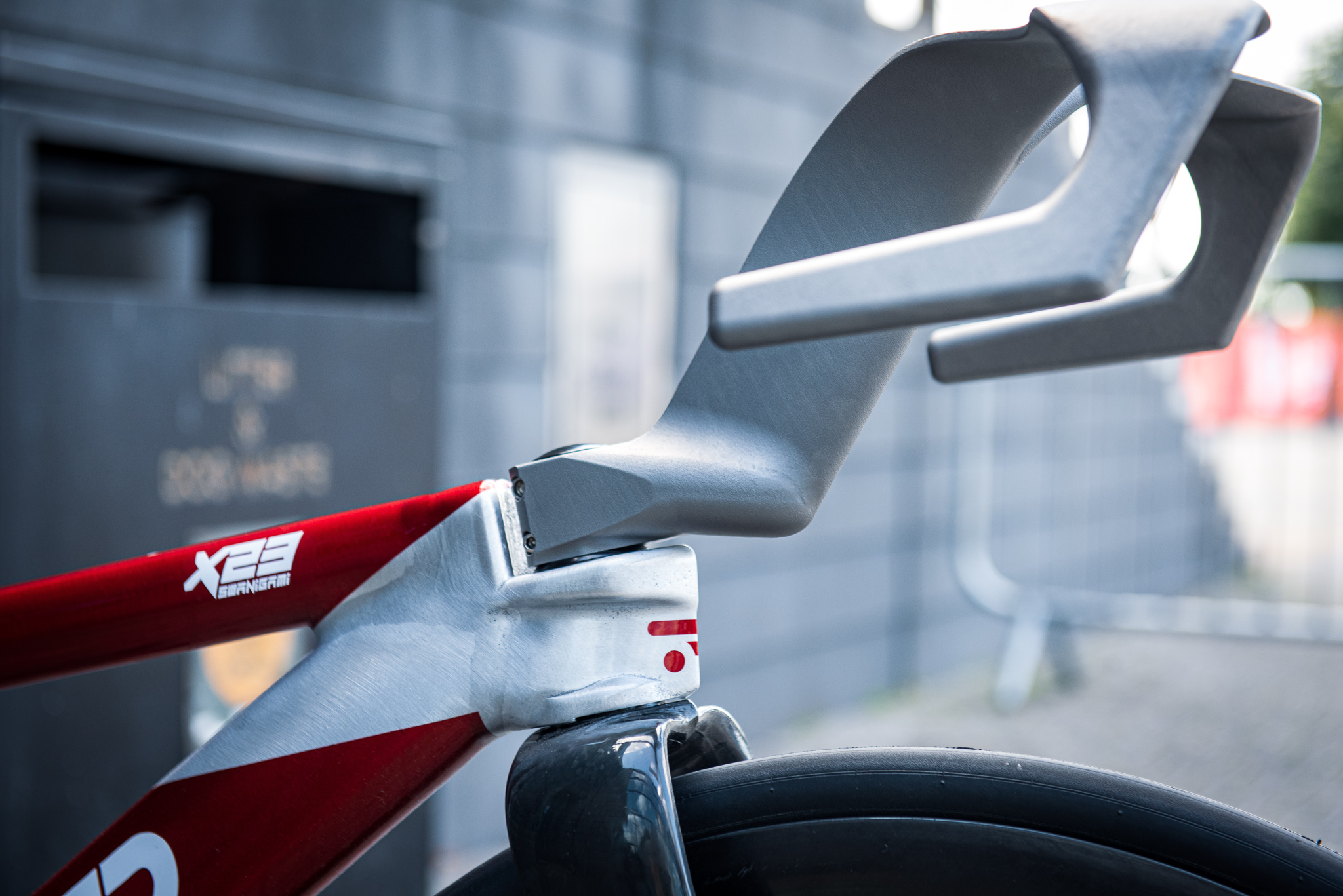
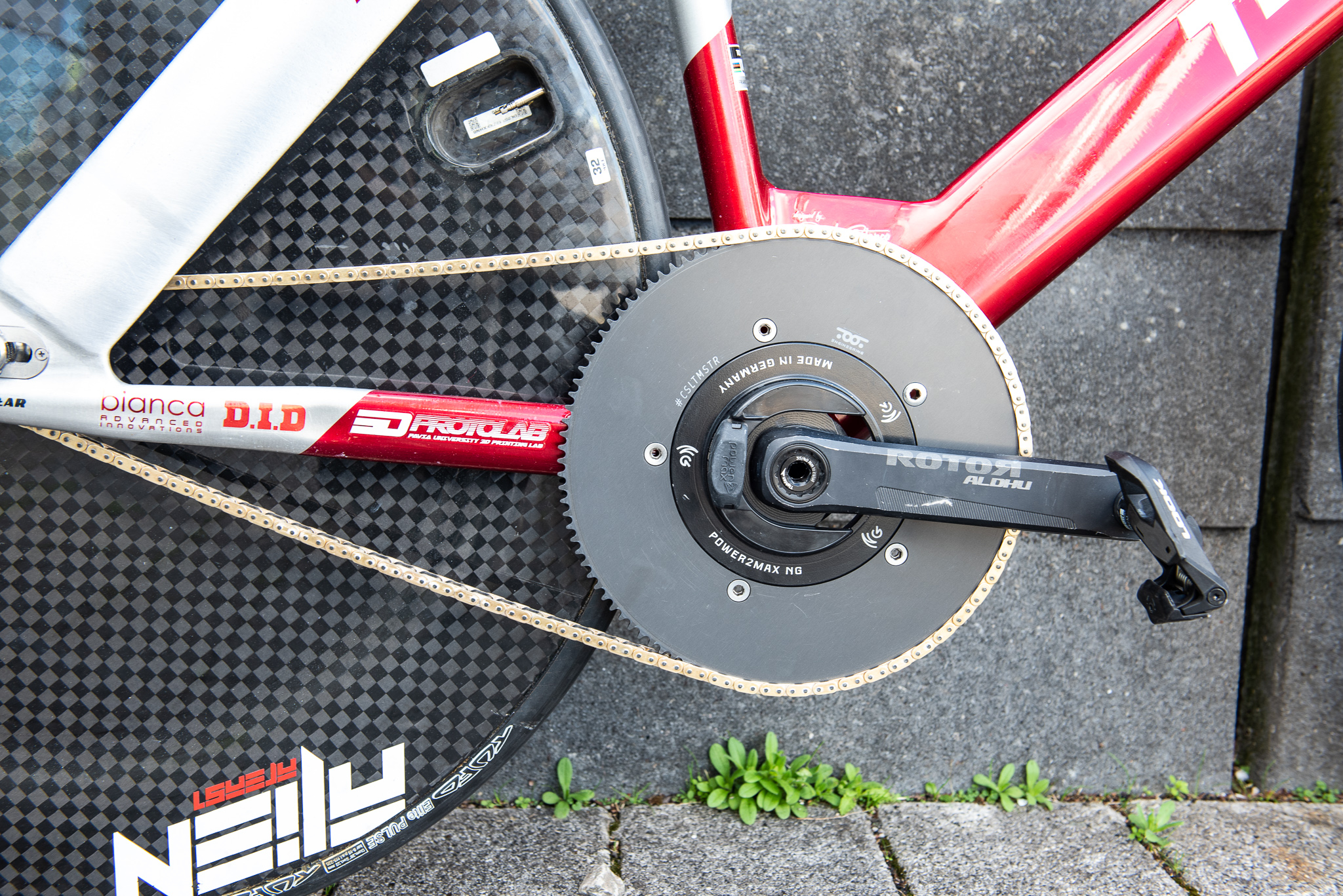
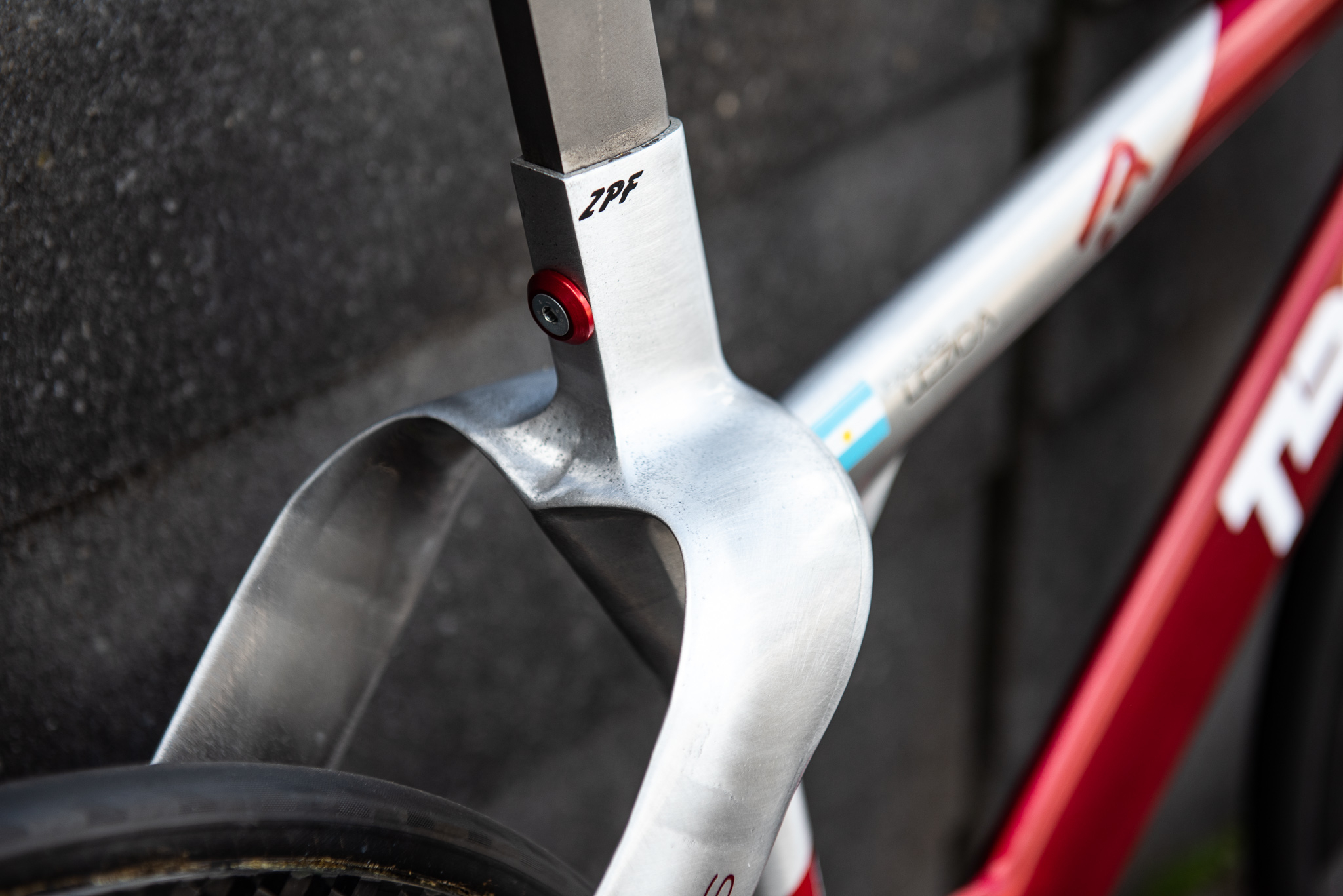
A second machine, called 'THEFALCON 387'
We also snapped a second bike, which we're told is called THEFALCON 387, and dare we say, it looks a little bit more conventional than the bike featured above.
The key standout here is that this bike doesn't have the radical integrated handlebar and the frame is slightly - albeit not much - more conventional in appearance.
T-RED and Toot are said to have a road bike in the works so watch this space. If the track bikes are anything to go by it promises to be eye-catching at the very least.
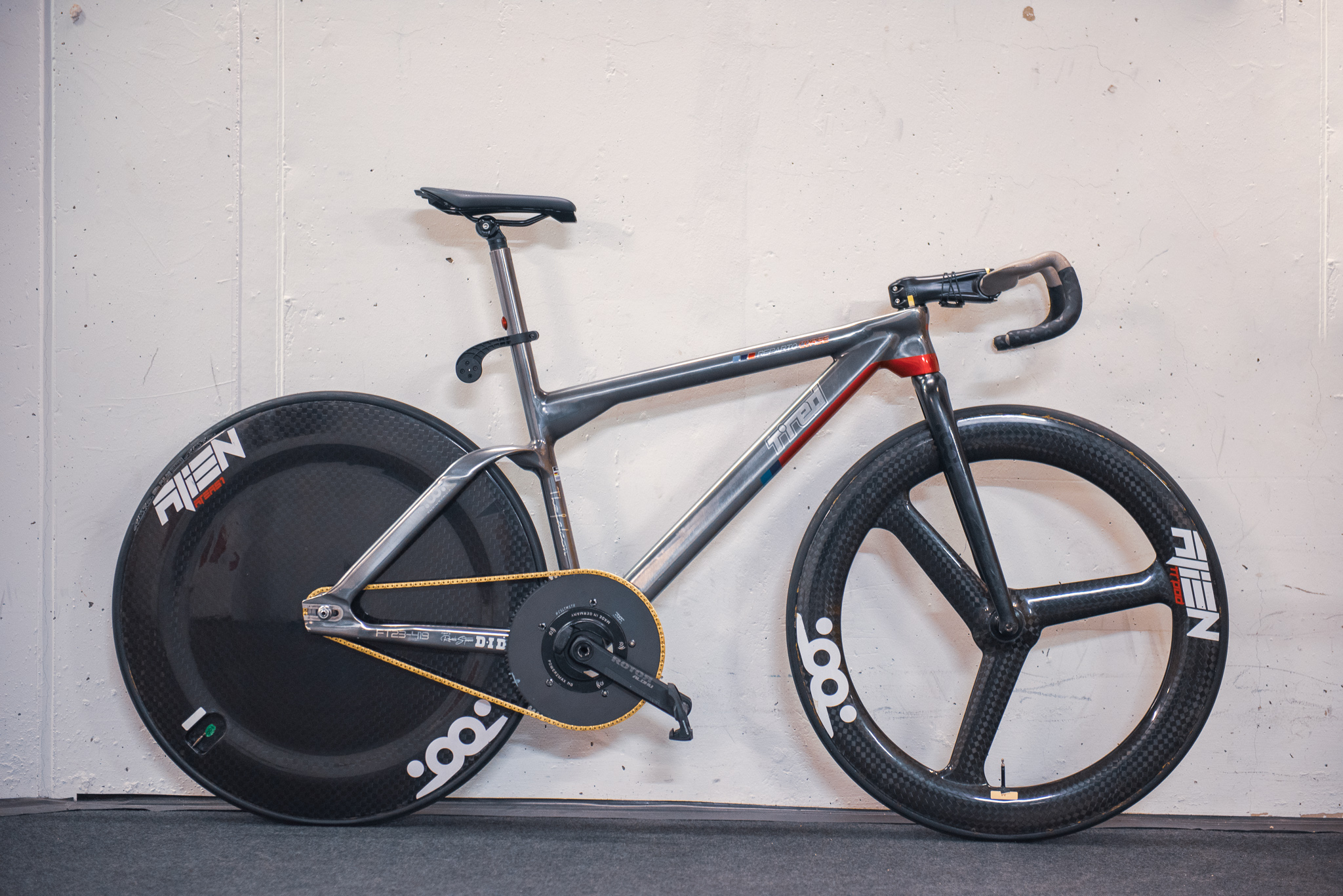
Alongside 'Scalmalloy,' the construction of this bike is also made using a material with an even more unusual name: AlScaZir.


